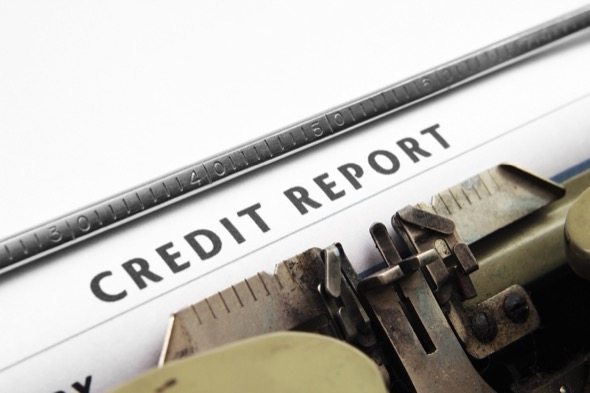If you’re a little confused about how credit scores are calculated, you’re definitely not alone. Credit scoring models can be difficult to interpret, which isn’t very helpful when you’re trying to improve your credit. But don’t worry – we’re here to help. We’ll dive into what you need to know about two popular credit scoring systems: the FICO scoring model and the VantageScore model.
What Are Credit Scoring Models?
Credit lenders generally want to make sure that they’re dealing with reliable borrowers before approving applications for loans or lines of credit. So lenders use credit scoring models to determine a person’s likelihood of default. Credit scoring models help lenders minimize their losses and set prices so that they’re protected in high-risk situations.
There are many scoring models that assess borrowers in various ways. And some of these models are more complex than others. In short, that means that one person can have multiple credit scores.
Credit Bureaus

The U.S. has three primary credit bureaus that deal with consumer credit data: Equifax, TransUnion and Experian. While these bureaus serve a similar function, they each treat credit information a little differently.
At the same time, it’s worth noting that none of these bureaus operate quite as uniquely as they did before the government passed the Fair Credit Reporting Act (FCRA) regulating the way they can handle credit files and credit reports.
The FICO Scoring Model
FICO scores are the credit scores that are most widely used. The business once known as Fair, Isaac and Company created the scoring model.
FICO scores depend on a voluntary reporting system that allows lenders to send credit information to credit bureaus. A lender’s reporting practices can affect a borrower’s credit score significantly. For example, scoring models might wind up using the highest reported credit card balance in place of an unreported credit limit. That could hurt your credit utilization ratio.
Does all of this mean you only have one FICO score? The answer to that question is no. There are several different types of FICO scores. Some examples include the FICO NextGen score and the FICO Bankcard score.
FICO NextGen scores were introduced as the “next generation” of credit scores. This scoring model takes more variables into account than the classic FICO scoring system and scores range from 150 and 950. Each credit bureau offers its own version of the NextGen score, such as the Advanced Risk Score provided by Experian.
The VantageScore Model

In 2006, the credit bureaus introduced a new scoring system that creates scores that are more consistent across all three reporting agencies. This scoring system is known as the VantageScore model.
Earlier versions of the VantageScores (versions 1.0 and 2.0) range from 501 to 990. But the latest scores range from 300 to 850, much like the FICO scoring model.
Update: Have more financial questions? SmartAsset can help. So many people reached out to us looking for tax and long-term financial planning help, we started our own matching service to help you find a financial advisor. The SmartAdvisor matching tool can help you find a person to work with to meet your needs. First you’ll answer a series of questions about your situation and goals. Then the program will narrow down your options from thousands of advisors to up to three fiduciaries who suit your needs. You can then read their profiles to learn more about them, interview them on the phone or in person and choose who to work with in the future. This allows you to find a good fit while the program does much of the hard work for you.
Photo credit: ©iStock.com/alexskopje, ©iStock.com/bernie_photo, ©iStock.com/tadamichi
